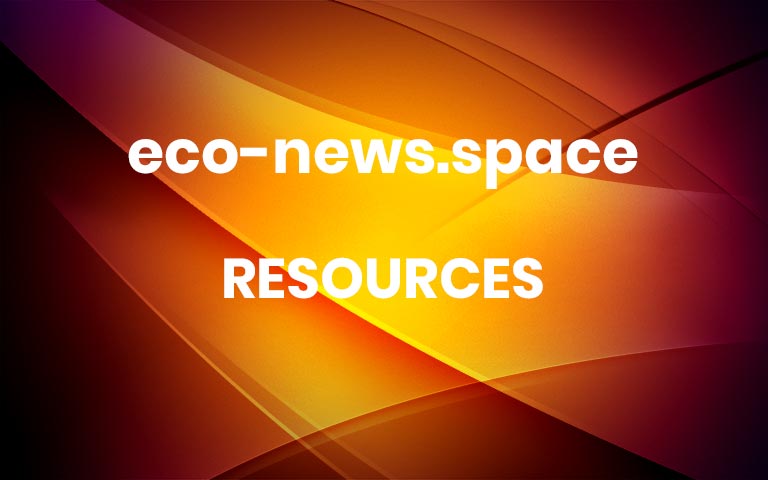Coronavirus disease 2019 (COVID-19) outbreak: some serious consequences with urban and rural water cycle
1. Lai, C.-C., Shih, T.-P., Ko, W.-C., Tang, H.-J. & Hsueh, P.-R. Severe acute respiratory syndrome coronavirus 2 (SARS-CoV-2) and coronavirus disease-2019 (COVID-19): the epidemic and the challenges. Int. J. Antimicrob. Agents55, 105924 (2020). CAS Google Scholar 2. Zu, Z. Y. et al. Coronavirus Disease 2019 (COVID-19): a perspective from China. Radiology. https://doi.org/10.1148/radiol.2020200490 (2020). Article […] More


